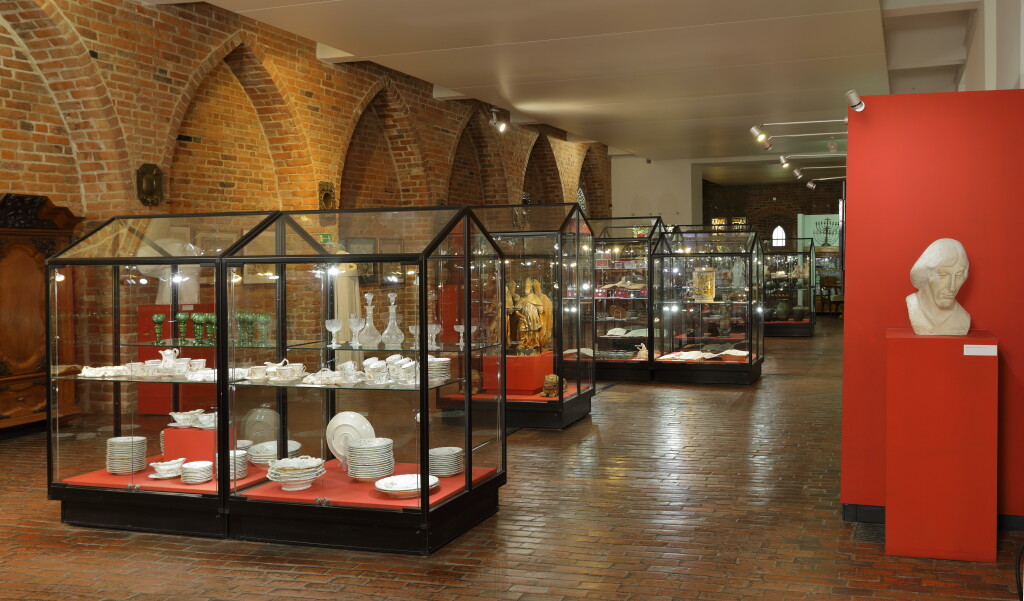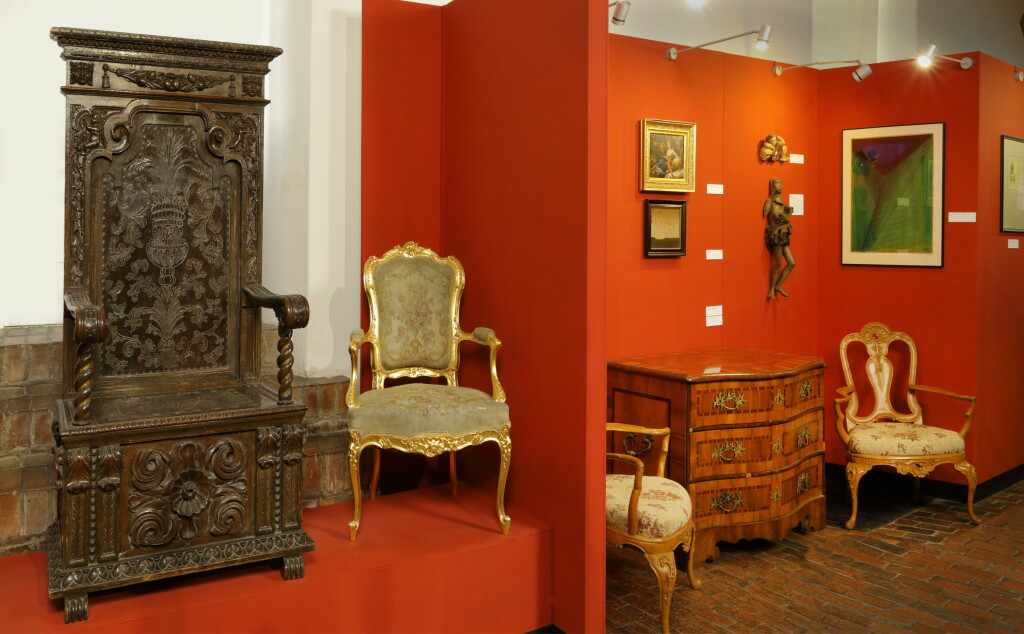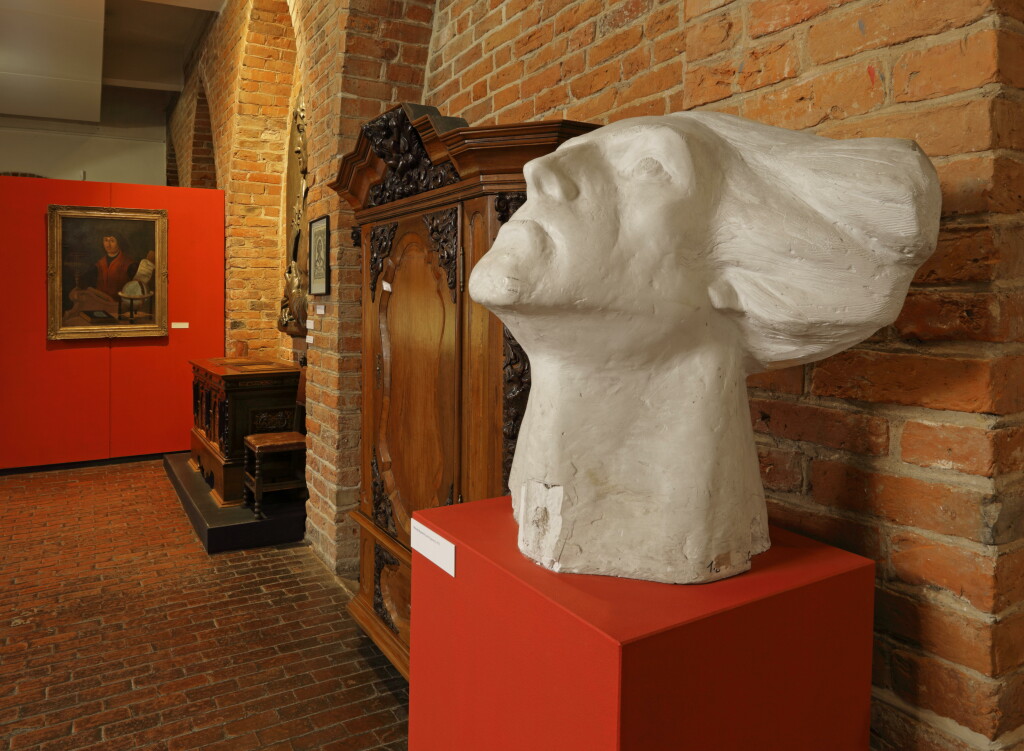The Cathedral Hill Site in Frombork, qualified as a historic monument, is a place where the whole idea of the world order has changed. Nicolaus Copernicus, a humble Warmian canon, is the cause of these changes. This place, now for 760 years, is connected with history of church and Warmian chapter (which member was Nicolaus Copernicus). The Nicolaus Copernicus Museum, functioning for 70 years, unquestionably, has also taken part in story of this hill.
The history of Nicolaus Copernicus Museum started on the 5th of September 1948 (although the museum traditions on the Cathedral Hill date back to the beginning of the 20th century), when the first exhibition dedicated to Nicolaus Copernicus was open. However, the reconstruction of an unique Cathedral Hill architecture, destroyed, alike the city, during World War II in 1945 and adaptation to museum needs lasted another 25 years, up to 1973 (it was a jubilee year of the 500th anniversary of the birth of Nicolaus Copernicus).
Over the past 70 years, there was a long way for the Nicolaus Copernicus Museum to become a professional, multi-department museum institution with collections counting thousands of monuments. For many years, there were only few historical treasures in the museum’s collections and most were deposits and copies. Until recently, the museum, having at its disposal an exhibition area of approximately 1500 m2, currently over 1,200 m2, prepared several hundred permanent and temporary exhibitions. At that time, the museum was visited by over 8.5 million people (currently the annual turnout is 130,000-150,000 people). For nine years, since starting cooperation with the museum facilities of the Warmian diocese (Museum of the Archdiocese of Warmia and the Museum of the Historical Monument. Frombork Cathedral Complex), the exhibition offer of the Museum is particularly rich and varied. Several hundred objects were presented, mainly borrowed from churches (both Catholic and Evangelical) of the Warmia and Mazury region, but also museum institutions and private collections.
Nowadays, the museum occupies several buildings of Cathedral Hill complex, including the former bishop’s palace, used for permanent and temporary exhibitions, while the bell tower, which has belonged to the museum for almost 70 years (until July 2018), after the last property settlement, was taken over by the diocesan Museum of History Monument. Frombork Cathedral Hill. Museum departments are also located outside the cathedral hill. The former Hospital of Holy Spirit Complex at Stara Street in Frombork, raised from ruins is a location of Medical History Department. In the Astronomical Park on Góra Żurawia, near Frombork, there is an observatory and a museum education department. Astronomy, its history, character and achievements of Nicolaus Copernicus are popularized there.
Of course, it is Nicholas Copernicus who is in the centre of interest of the Frombork museum, his life and work, against the background of the era and in the context of the place where he spent most of his life and where his work De revolutionibus was created. Thus, the museum gathers various objects related to the Great Astronomer and his era. These are monuments related to the history of astronomy and the history of medicine, antique prints, maps, medals and numismats, graphics, paintings and sculptures, contemporary art, furniture, crafts and archaeological relics. The Permanent Exhibition „Nicolaus Copernicus – life and work” presents only a small part of these objects.
However, despite the museum’s activities are centred around the person of Copernicus, museum collections go far beyond this scope and contain historic objects from Gothic Period through the Renaissance and Baroque to the nineteenth and early twentieth centuries. The museum has, among others, a significant collection of medals and numismatic items, a set of historic maps and atlases of the region and a substantial collection of valuable antique prints, as well as a collection of Warmian sculpture and painting, old graphics and contemporary art. There are also many interesting, very valuable collections of handicrafts, for example a unique collection of antique stained glass, tiles and ceramics, as well as archaeological monuments.
The 70th anniversary of the Museum is a great opportunity to present 540 exhibits selected from the different museum collections.


